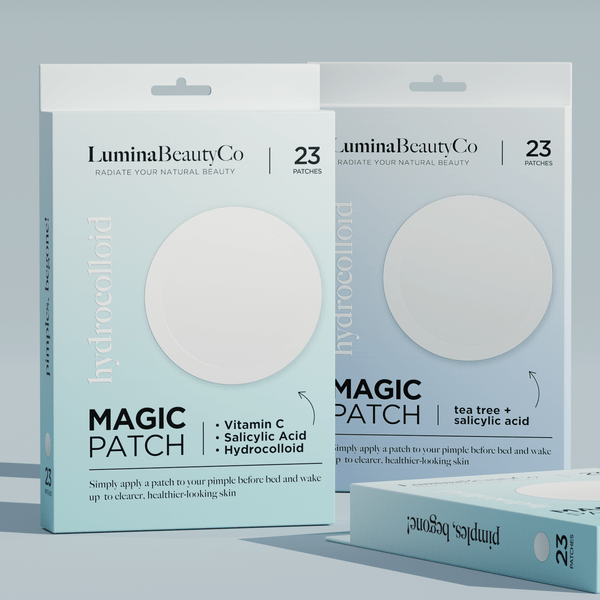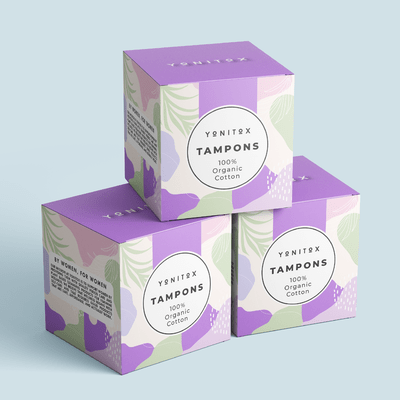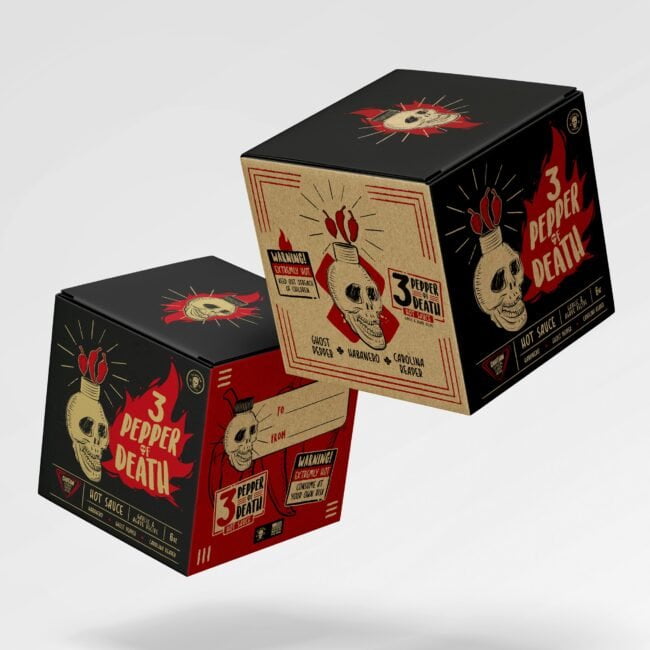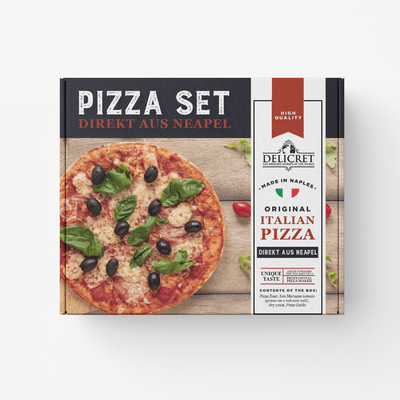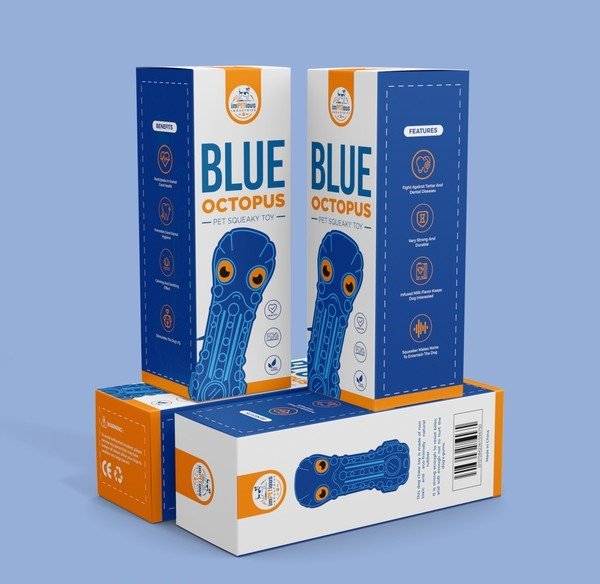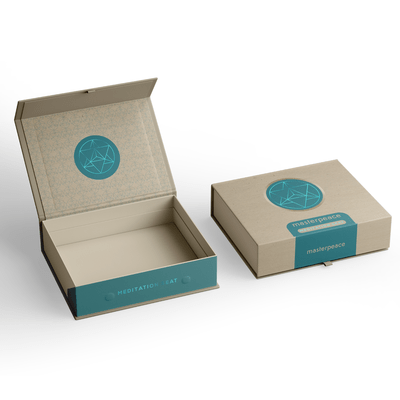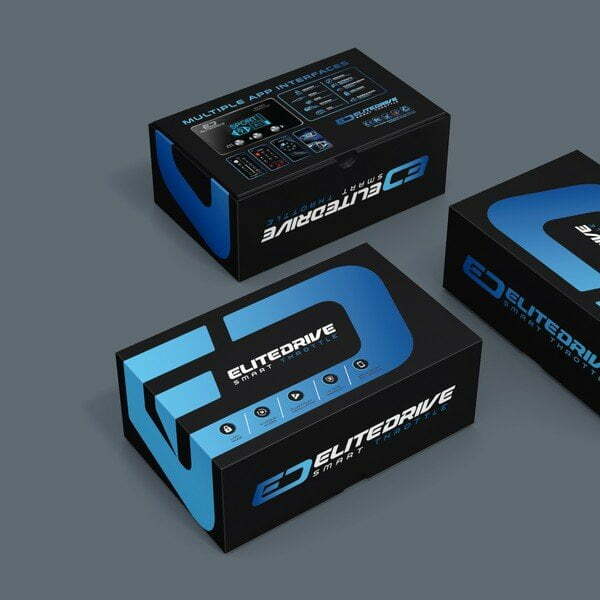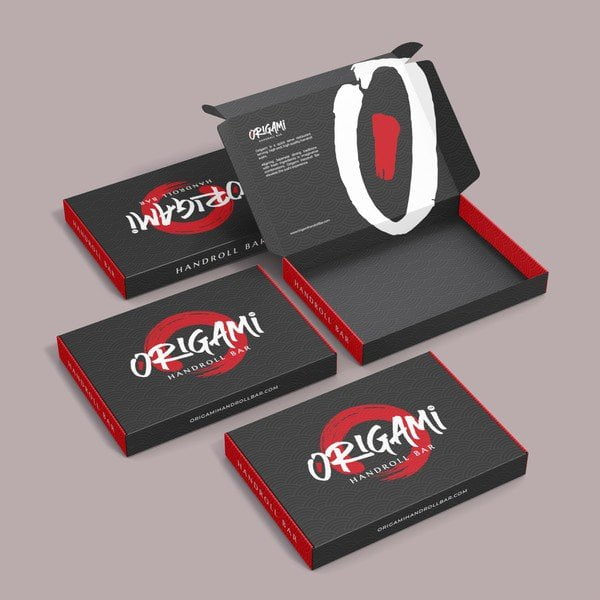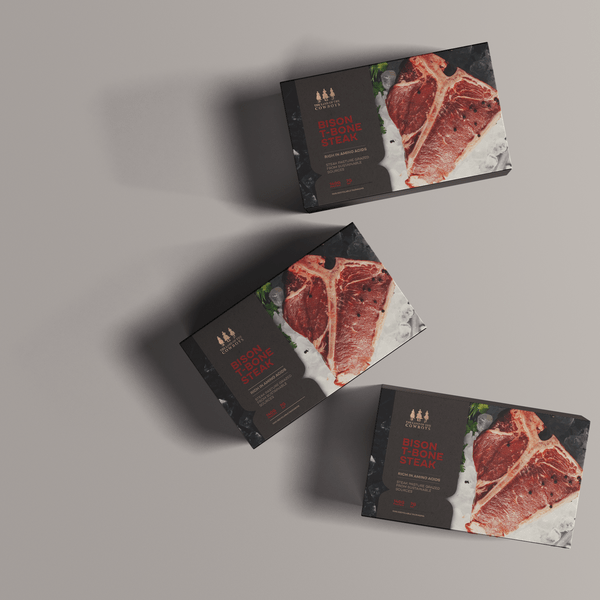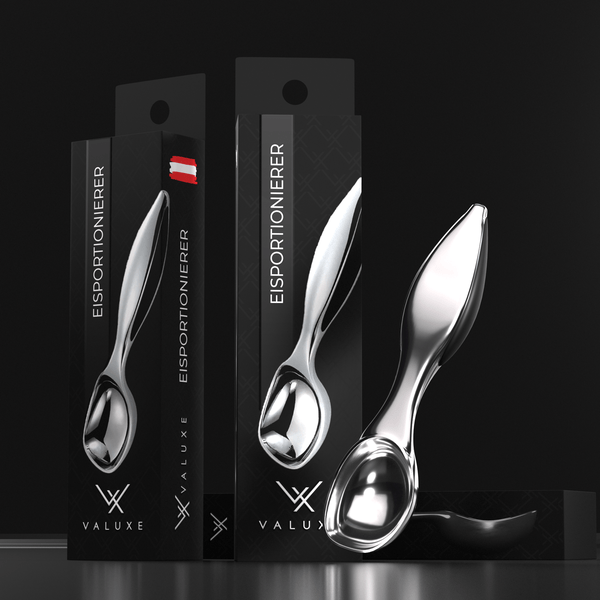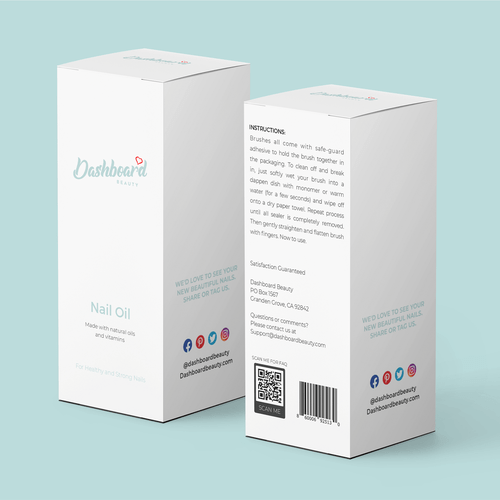In tobacco, the pack is more than a container—it’s your most visible, most regulated, and most persistent media channel. On a crowded shelf (and in markets with tight rules), design and construction are the difference between a glance and a grab. The right Cigarette Boxes help you stand out, stay compliant, and strengthen brand recall with every adult purchase.
This guide breaks down how custom packaging translates into real business outcomes: better shelf presence, consumer trust, operational efficiency, and long-term value. You’ll also find practical tips on materials, finishes, sustainability, anti-counterfeiting, and how to pick a reliable supplier—without crossing regulatory lines.
What Do We Mean by Custom Cigarette Boxes?
Custom boxes are purpose-built packs engineered for your brand, product line, and distribution strategy. They combine branded elements (where permitted) with precise structural specs, print techniques, and security features. Whether you’re designing a premium hinge‑lid pack or optimizing a soft pack for wholesale, the goal is consistent: deliver a durable, compliant, on-brand experience for adult consumers while controlling cost and waste.
How Cigarette Boxes Drive Sales and Loyalty
Even in highly regulated markets, packaging works hard. Here’s where it moves the needle:
- Shelf impact: Color, contrast, and tidy edges catch the eye within seconds.
- Perceived quality: Rigid board, crisp folds, and clean print elevate perceived product value.
- Consistency: Uniform boxes signal reliability and help build habit loyalty.
- Protection: Sturdy construction prevents crushed product and returns.
- Differentiation: Structure and finishes (where allowed) make SKUs easy to distinguish.
- Trust: Accurate information, security cues, and professional execution build credibility.
Design Decisions That Matter
When brand expression is limited, execution quality matters even more. Focus on details consumers can feel and retailers can manage.
Structure and Formats
- Hinge‑lid (flip‑top): Classic format with strong durability and premium cues.
- Soft pack: Flexible and cost-efficient; consider reinforcement to prevent damage.
- Slide/drawer or book‑style: Niche formats for special editions (subject to local rules).
- Inner components: Aluminumized paper liner for freshness, inner frame for rigidity, tear tape for user experience, and cellophane overwrap or banderole for tamper evidence.
Materials and Board Weight
- SBS or FBB (Folding Box Board): Common for high-quality print and strength.
- Recycled board: Boosts sustainability credentials and can reduce cost.
- Kraft options: Natural look where branding is permitted; pairs well with minimal ink.
- Caliper selection: Choose thickness to balance rigidity with freight efficiency.
Finishes and Print Techniques
- Spot UV, matte or soft‑touch coatings: Tactile contrast and scuff resistance.
- Foil stamping and emboss/deboss: Premium cues (ensure regulatory compliance).
- Anti-scuff varnish on high‑touch areas: Maintains appearance in transit.
- High-fidelity color management: CMYK + Pantone for consistent hues across runs.
Color, Typography, and Regulatory Harmony
- Legible typography: Prioritize clarity and hierarchy; leave adequate space for statutory warnings.
- Contrast math: Ensure mandated warning panels meet size, color, and contrast rules.
- Edge discipline: Sharp creases, aligned flaps, and clean glue lines convey quality at a glance.
Design Tips for Cigarette Boxes
- Design for handling: Rounded edges, reinforced panels, and clean tear paths reduce consumer frustration.
- Think in 3D: Align artwork with folds and corners so graphics land where intended.
- Stress-test: Simulate pocket carry, humidity, and stacking to catch weak spots early.
Compliance Without Compromise
Regulations vary widely by region (e.g., FDA in the U.S., TPD in the EU, standardized packaging in some countries). Build compliance into the design from the start:
- Mandated elements: Health warnings, tax stamps, age restrictions, and recycling marks in correct sizes and positions.
- Barcodes and serialization: GS1 barcodes, DataMatrix or QR codes for track‑and‑trace systems.
- Overwrap integrity: Tamper‑evident cues while avoiding consumer frustration.
- Document control: Versioned artwork, approval logs, and press samples to prove conformity.
- Responsible marketing: Ensure all messaging and imagery target adult consumers only.
A compliance‑first approach reduces reprints, fines, and costly relabeling, and it keeps product flowing to retail.
Sustainable Cigarette Boxes: From Eco‑Materials to Circularity
Sustainability is now table stakes for brands and retailers, with consumers increasingly aware of packaging impact:
- Materials: FSC‑certified paperboard, recycled content, or responsibly sourced fibers.
- Inks and coatings: Water‑based, low‑VOC, or soy‑based inks; recyclable or compostable coatings where feasible.
- Right‑sizing: Minimize material without compromising protection to cut waste and freight emissions.
- Mono‑material design: Paper‑first construction to improve recyclability; consider alternatives to plastic overwrap where regulations allow.
- Transparent claims: Avoid greenwashing; substantiate claims with certifications and LCA data where possible.
Eco‑responsible packs reduce environmental footprint and can improve retailer acceptance and consumer preference.
Security, Anti‑Counterfeiting & Track‑and‑Trace
Counterfeits erode revenue and trust. Layer defenses to make your packaging harder to copy and easier to verify:
- Overt features: Holographic labels, color‑shifting inks, and tamper‑evident seals.
- Covert features: Microtext, UV‑reactive inks, and forensic taggants for lab‑level verification.
- Digital identity: Unique QR/DataMatrix codes tied to a secure database for authentication and supply‑chain visibility.
- Tax stamps and regional markers: Integrate cleanly with your artwork and gluing process.
- Audit trail: Work with suppliers who maintain chain‑of‑custody and serialization integrity.
Building these into Cigarette Boxes protects consumers, preserves brand equity, and strengthens compliance.
Operational Efficiency: From Press to Pallet
Packaging must perform on the line and in the logistics chain:
- Die‑line optimization: Standardize across SKUs to reduce tooling and setup costs.
- Gluing and filling: Choose adhesives and fold patterns compatible with high‑speed machinery.
- Palletization: Carton dimensions that optimize pallet patterns lower freight per unit.
- Carton strength: Caliper and flute choices that survive stacking and humidity.
- Quality control: Inline vision systems to catch print/placement flaws before they leave the press.
Tight specs and vendor discipline translate into fewer defects, fewer returns, and smoother replenishment.
E‑Commerce and Adult Verification
If applicable in your market, online fulfillment adds new considerations:
- Protective mailers and inner cushioning to prevent crush damage.
- Discreet outer packaging, with adult‑signature and age‑verification workflows.
- Scannable codes for customer service and returns.
- Clear unboxing: Tear tapes that work, minimal mess, and instant brand recognition within compliance limits.
Thoughtful execution helps reduce delivery damage and support calls—while reinforcing quality for adult consumers.
Segmenting Your Portfolio: Premium, Value, and Limited Editions
Use structure and finish to communicate tiering (where local rules allow):
- Premium: Rigid feel, soft‑touch/matte finishes, subtle metallic accents, refined typography.
- Value: Efficient board grades, durable coatings, crisp layout for easy shelf recognition.
- Limited editions: Seasonal colorways, collectible art, or serialized designs to spark urgency and collectability (check local restrictions).
Designing a cohesive system makes it easy for retailers to stock correctly and for consumers to navigate your lineup.
Wholesale Cigarette Boxes: Choosing a Packaging Partner
The right supplier is a strategic advantage. Evaluate candidates with this checklist:
- Compliance expertise: Proven experience with your target markets’ regulations (FDA, TPD, plain‑pack standards, track‑and‑trace).
- Print quality: G7 or ISO color certifications, modern presses, and in‑house prepress.
- Security features: Ability to implement overt/covert elements and manage serialization data securely.
- Sustainability: Access to FSC materials, recycled content, and low‑impact inks/coatings.
- Capacity and lead times: Ability to absorb volume spikes and deliver on schedule.
- QC and documentation: Certificates of conformance, retained samples, and traceable batch records.
- Pricing transparency: Clear quotes that specify board grades, finishes, and waste factors.
- Service: Rapid prototyping, CAD support for die‑lines, and responsive account management.
A capable partner reduces risk and keeps your brand agile.
Plain‑Pack Markets: When Branding Real Estate Shrinks
In standardized packaging jurisdictions, creativity shifts from surface art to smart engineering and operations:
- Precision layout: Perfect placement of mandated panels and standardized colors.
- Material differentiation: Recycled content or upgraded board for durability without violating rules.
- Efficiency: Die‑line standardization across SKUs, faster changeovers, and fewer print errors.
- Security and traceability: Double down on anti‑counterfeiting and supply‑chain visibility.
- Retail readiness: Cases and outers designed for easy stocking and minimal damage.
Even without overt branding, attention to quality and reliability builds trust with retailers and adult consumers.
Measuring ROI from Packaging
Tie your packaging decisions to measurable outcomes:
- Sell‑through rate: Compare pre/post changes or A/B test limited markets.
- Damage and return rate: Track improvements from structural upgrades.
- Production yield: Monitor waste, reprint rates, and setup time reductions.
- Compliance incidents: Aim for zero label changes, fines, or relabeling.
- Counterfeit incidence: Observe changes after adding security layers.
- Sustainability KPIs: Material reduction, recycled content, and emission impacts.
A disciplined measurement plan helps you double down on what works.
Common Mistakes Brands Make
Avoid these pitfalls to keep Cigarette Boxes working for you:
- Designing before scoping regulations, leading to costly reworks.
- Over‑spec’ing materials that raise cost without perceived benefit.
- Neglecting line trials; beautiful samples that fail on high‑speed equipment.
- Ignoring retail realities—packs that scuff, slip, or display poorly.
- Skipping security—making your brand an easy target for counterfeits.
- Vague sustainability claims that invite scrutiny or consumer backlash.
Ready to Elevate Your Cigarette Boxes?
Thoughtful packaging is a competitive edge—on shelf, in the supply chain, and with regulators. If you’re ready to refresh your specs, explore eco‑materials, or integrate track‑and‑trace, start with a packaging audit and a round of rapid prototypes. Align your design, compliance, and operations teams, then pilot in one region before scaling.
Need help scoping materials, finishes, or security features? Request a sample kit and a custom quote to see, feel, and test options before your next run.
FAQs
What should be printed on Cigarette Boxes to stay compliant?
It varies by market, but typically includes health warnings, age restrictions, tax stamps/banderoles, manufacturer details, and barcodes/serialization for track‑and‑trace. Always check local regulations and keep documentation for each approved artwork version.
Which materials balance sustainability and durability?
FSC‑certified SBS/FBB with recycled content is a strong default. Pair with water‑based inks and recyclable coatings. Right‑size caliper to protect the product while minimizing weight and emissions.
How can we fight counterfeits without driving up cost?
Layer low‑cost measures (microtext, UV inks, serialized QR codes) with selective higher‑impact features (tamper‑evident seals, holographics) on high‑risk SKUs. Link codes to a secure database for authentication and supply‑chain visibility.
Are fancy finishes allowed everywhere?
No. Some regions restrict colors, finishes, and branding (e.g., plain packaging). In such markets, focus on precision printing, material quality, security, and operational efficiency instead of decorative elements.
What lead times should we expect for new packaging?
For a first run: 4–8 weeks is common, including die‑line creation, prepress, proofing, and production (longer if tooling or security features are complex). Reorders are faster, often 1–3 weeks depending on capacity and materials on hand.
